Sporting scooter purchasing advice: how to choose the right product
- What you need to know
- Sporting scooters are kick scooters. To get around, you push on the ground with one foot.
- Scooters are a great option for covering short distances quickly and easily. They are compact, light, foldable, and can be taken anywhere, including on the bus or train.
- Sport scooters are suitable for both children and adults – just check the dimensions and maximum load.
- These scooters either have small hard plastic wheels or tires. Plastic wheels are good for smooth tarmac, tires are good for uneven surfaces.
City mobility
In modern cities, there’s a huge range of options when it comes to transport, and each option has its own positives and negatives. Public transport is often disrupted, while motorists always find themselves stuck in a traffic jam. If you end up taking public transport, it often doesn’t take you to exactly where you want to go so you have to walk a while afterwards.
City scooters are a great option for short city journeys, whether from your home or from a subway station. Most people think of scooters as children’s toys, but they are experiencing a boom as a method of personal transport at the moment. While electric scooters are becoming more and more popular, normal scooters are also a great option in the city. They allow you to get around quickly and exercise at the same time. Healthy and fun for all ages!
What are sporting scooters?
Sporting scooters are a subcategory of push scooters. They are also known as mini scooters and city scooters. Compact models have hard plastic wheels that measure between six and ten inches in diameter. You can also get scooters with tires which are up to 20 inches in diameter. Most models can fold down for easy storage and carrying.
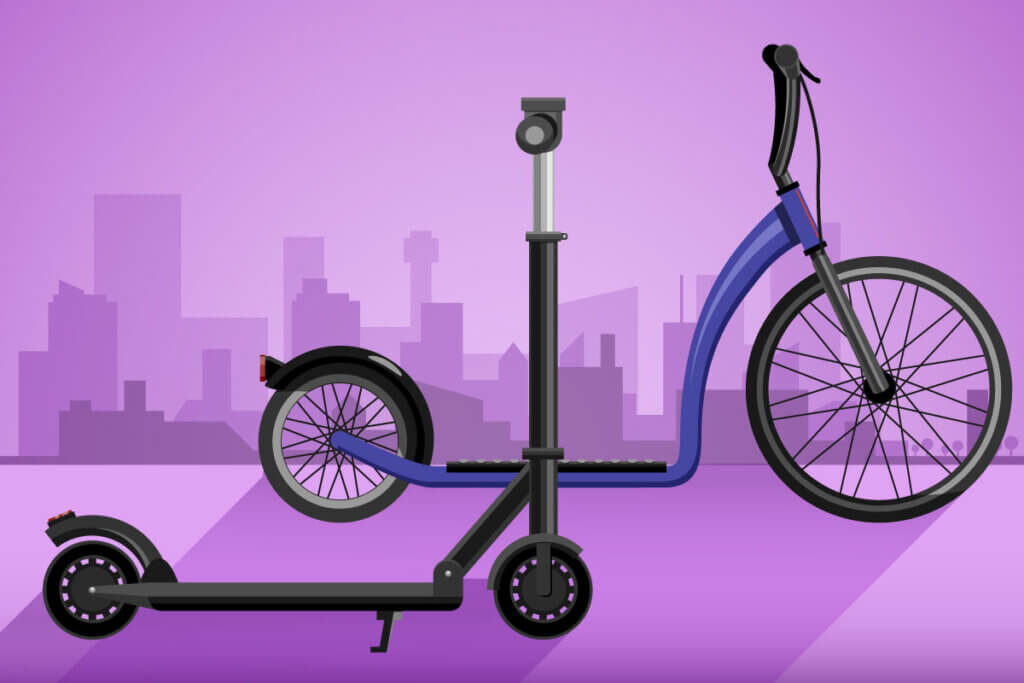
Electric scooters
Electric scooters have a motor to power them, rather than relying on the energy created when you push with one leg. They are great for getting around the city, but due to their motor, they don’t have an unlimited range. A lot of models fold so you can also take them with you on public transport.
Advantages of sporting scooters
Scooters have a few advantages when compared to other transport options. They are small and light, weighing only a few pounds, and can easily be folded up. This means you can easily take them on other forms of public transport such as buses and trains. They are cheaper than bicycles – prices start at around $50 and go up to about $250. Compared to walking, scooting is much quicker and less energy intensive. This said, despite being low effort, they provide a good amount of exercise. You can train different muscles in your legs and arms, as well as improving your balance.
Sporting scooters are great no matter your age. You don’t need any special knowledge to be able to ride one. They come in a range of different sizes for kids and adults alike. There are also heavy-duty models which can carry a lot of weight.
Scooting to work or school is much quicker than walking. Scooters are a great option for the last stretch from the bus stop or train station. You can even take them to the supermarket – some scooters have basket attachments.
Despite all of the positives, scooters do have a few downsides. They aren’t suitable for all road surfaces. In general, they’re only best on relatively smooth tarmac – you’ll have a tricky time trying to ride over cobblestones.
A great option for kids
Scooters are fantastic for children. It can help them improve their coordination and balance, as well as learn how to react to their surroundings. Since the distance between body and ground is smaller than on a bicycle, the risk of serious injury is much lower. Scooters are a fun and safe way for kids to become more independent, travelling to school or to see friends.
Buying tips
Whether you choose a compact foldable scooter or a larger non-folding one depends entirely on your needs. Read on for an overview of the most important criteria to consider when making a purchase.
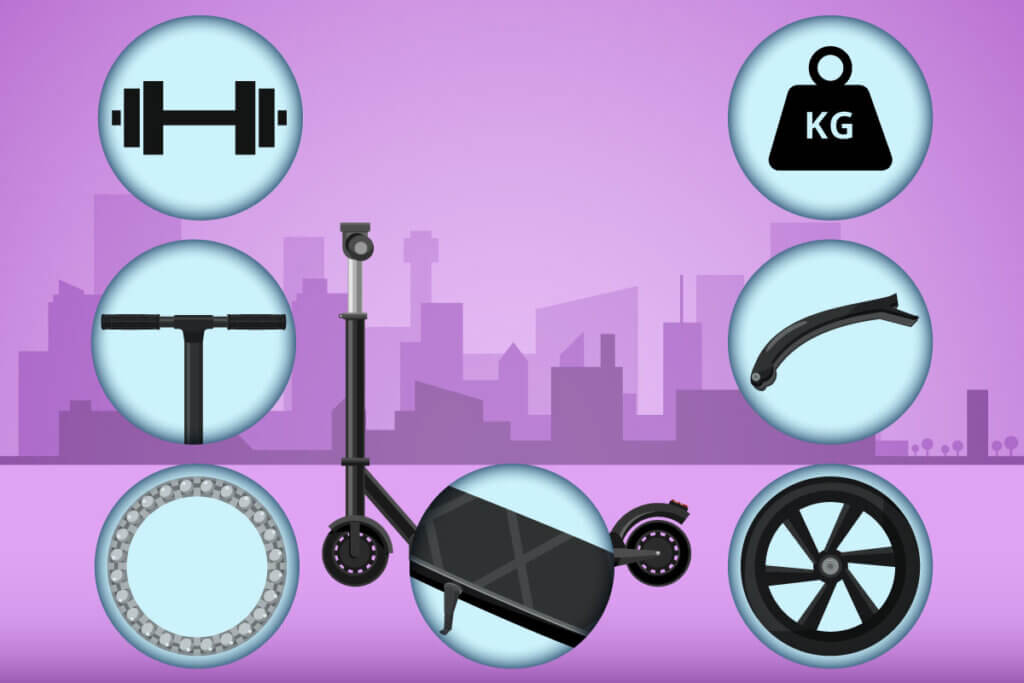
Deck
The deck is the central part of any scooter. The handlebars and the wheels are mounted onto it. You stand with one foot on the deck whilst pushing with the other on the ground.
The best scooters have a stable yet light deck. Aluminum is a commonly used material as it has the right kind of properties. Aside from material characteristics, make sure that the deck is large enough for your feet. Typically, decks are just over a foot long but you can get larger ones which are about 15 inches long.
The lower the deck sits to the ground, the less strain you have to put on your standing leg when you squat down to push the scooter. However, higher decks have better clearance in case of any objects. A deck height of two inches is considered low, whereas four inches are considered high.
Handlebars
Most scooter handlebars are made of aluminum or steel. Aluminum handlebars are particularly light, which makes them a good option for children and lighter riders. Steel handlebars are heavier, but they are much stronger than aluminum – a good option for heavier riders.
Most scooter handlebars are height-adjustable, so anyone can ride comfortably. They can usually be adjusted to be between 30 and 40 inches tall (75-100cm). Some scooters have a lower minimum, and others have a higher maximum, so keep an eye out if you need special dimensions.
Scooter handles are usually made from foam or rubber, and tend to come pre-installed. While softer handles are more comfortable, they are less durable than harder ones. You can also get ergonomic handles – these are a great option for longer rides. Almost all scooters can fold the handlebar stem down, but some models also have handles that fold in for easy transportation.
Wheels
Wheel size and material have a significant effect on ride feel. Compact sporting scooters tend to have small wheels made of hard rubber or small tires.
Most rubber wheels measure between 5.5 and 8 inches wide. For stunts, you can get scooters with smaller wheels – these have a diameter of 4 inches. Scooter wheels are either mounted on spokes or directly onto a small hole with ball bearings inside. The second version is more common on stunt scooters with small wheels.
When choosing a scooter, it is important to consider what sort of wheel hardness you want. Harder wheels are better for tricks and flat road surfaces, whereas softer wheels are more comfortable, especially on uneven surfaces. There is a scale for wheel hardness – this is the same one used for skateboard wheels. It is called the Durometer A Scale. The higher the number, the harder the wheel. 101A is hard, whereas 72A is soft. Most sport scooter wheels are between 79A and 84A.
Wheels with tires are always mounted on rims. On sport scooters, they are usually between 8 and 9 inches in diameter. For city scooters, tires tend to measure between 12 and 29 inches. As a rule, the larger the tire, the smoother the ride.
Which tires are best?
Small rubber tires are only really best for smooth tarmac. They don’t provide much suspension, so you’ll feel every bump in the road. You wouldn’t want to be riding rubber tires on cobblestones or uneven ground, especially as rubber wheels get slowed down a lot by bumps. By contrast, tires deal much better with bumpy surfaces. The ride is smoother, and you can still maintain your speed. They have better suspension, which means they are also more suitable for longer journeys. Hard rubber wheels are only really good for short rides, like between the subway station and home.
Ball bearings for long-lasting scooter fun
Ball bearings ensure that the wheels in your scooter roll for longer. Manufacturers use the Annular Bearing Engineering Committee (ABEC= scale to indicate ball bearing quality). The higher the class, the higher the tolerance. The highest level is 9. For a scooter, you should make sure the bearings are at least ABEC level 5.
Brakes
Most scooters have friction brakes on their rear wheels. In essence, this is a metal plate that you press on with your foot to slow the back wheel by friction. Aluminum rear brakes are less durable than steel ones, but they produce less heat and wear on the wheel itself.
Some top-end sport scooters have disc brakes. These are located on the rear wheel, and are controlled by a lever on the handlebar. Disc brakes are more powerful than friction brakes, which makes them a good option for hills.
Weight capacity
Make sure to get a scooter that can carry your weight. While you can get city scooters that can carry up to 330 pounds (150kg), most scooters have a maximum capacity of 220 pounds (100kg). Scooters designed for children often have a maximum weight capacity of 170 pounds (80kg). Often, high load bearing scooters will be marked as XXL.
Weight
The weight of a scooter is important for transport. Since you will want to carry it around to take it on buses and trains, make sure it’s not too heavy. Lighter scooters tend to weigh around 11 pounds, but some larger city scooters can weigh between 22 and 33 pounds (10-15kg).
Other types of scooters
There’s a huge range of different scooter styles on the market. It can get a bit confusing when deciding, so read on for a brief overview of the different kinds available.
Racing scooters
These scooters are designed to be as fast as possible. They are light and aerodynamic, weighing no more than 22 pounds (10kg). Racing scooters have a large front tire with a 28 inch diameter, and a smaller rear tire which is usually around 20 inches wide. The deck has a small ground clearance, between 2 and 3 inches (5-8cm) which improves speed.
Off-road scooters
There are two main types of off-road scooters: cross-country and downhill. Both types are extremely robust with wide thick tires, similar to what you would find on a mountain bike.
Cross-country scooters are extremely versatile. They work just as well on tarmac as on gravel. The front wheel is larger than the rear (26 and 20 inches respectively) and they have disc brakes. A lot of models also have shock absorbers for better suspension.
Downhill scooters have disc brakes, suspension, and high ground clearance. Their tires are similar in diameter with cross-country scooters, but they are usually fatter. They have non-slip decks and extremely stable frames. Downhill scooters are designed for steep hills and difficult terrain.
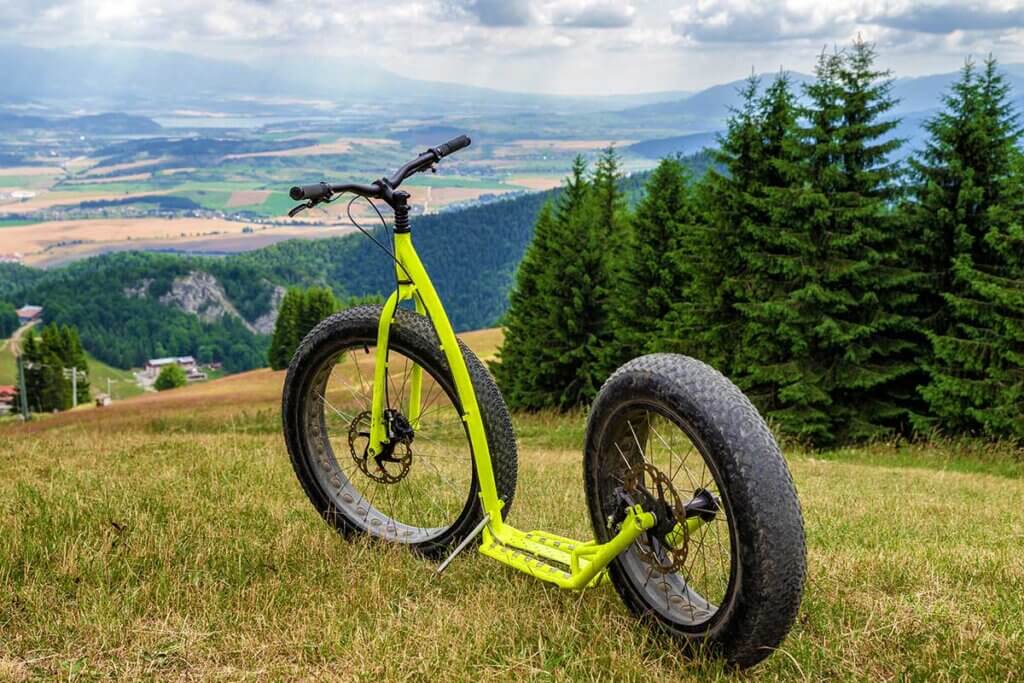
Stunt scooters
These scooters are not designed for speed or endurance. Instead, they are made specifically for jumps and tricks. From the outside, they look just like compact sporting scooters with hard rubber wheels. However, they have non-adjustable handlebars to improve durability, and their wheels are often smaller. These scooters are best in skateparks and on smooth tarmac.
Dirt scooters are a mix between stunt scooters and off-road scooters. They have tires instead of hard rubber wheels, which means you can do tricks off-road on hills.
3-wheeled scooters
Unlike scooters, three wheeled scooters have two front wheels. This increases stability, as well as providing a smoother ride. The deck is wider, more like a skateboard. While most scooters have a t-shaped handlebar, these scooters often have a knob instead. Steering is done by shifting your weight and pushing the knob in the direction you want to go in.
Images 1-2: © FinalCheck | Image 3: © Jaroslav Moravcik / stock.adobe.com

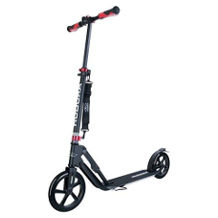
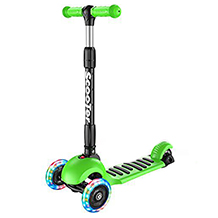
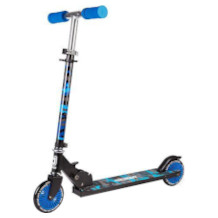
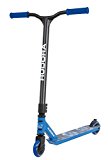
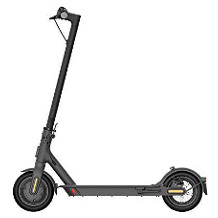
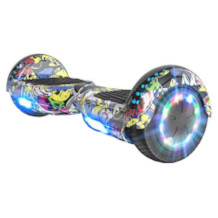
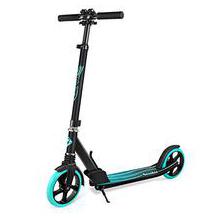
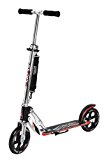
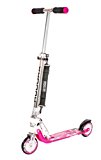
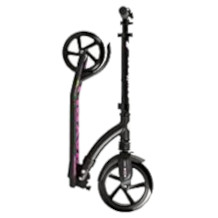
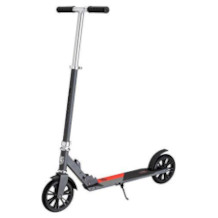
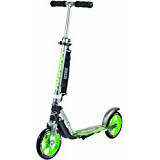

 22,429 reviews
22,429 reviews